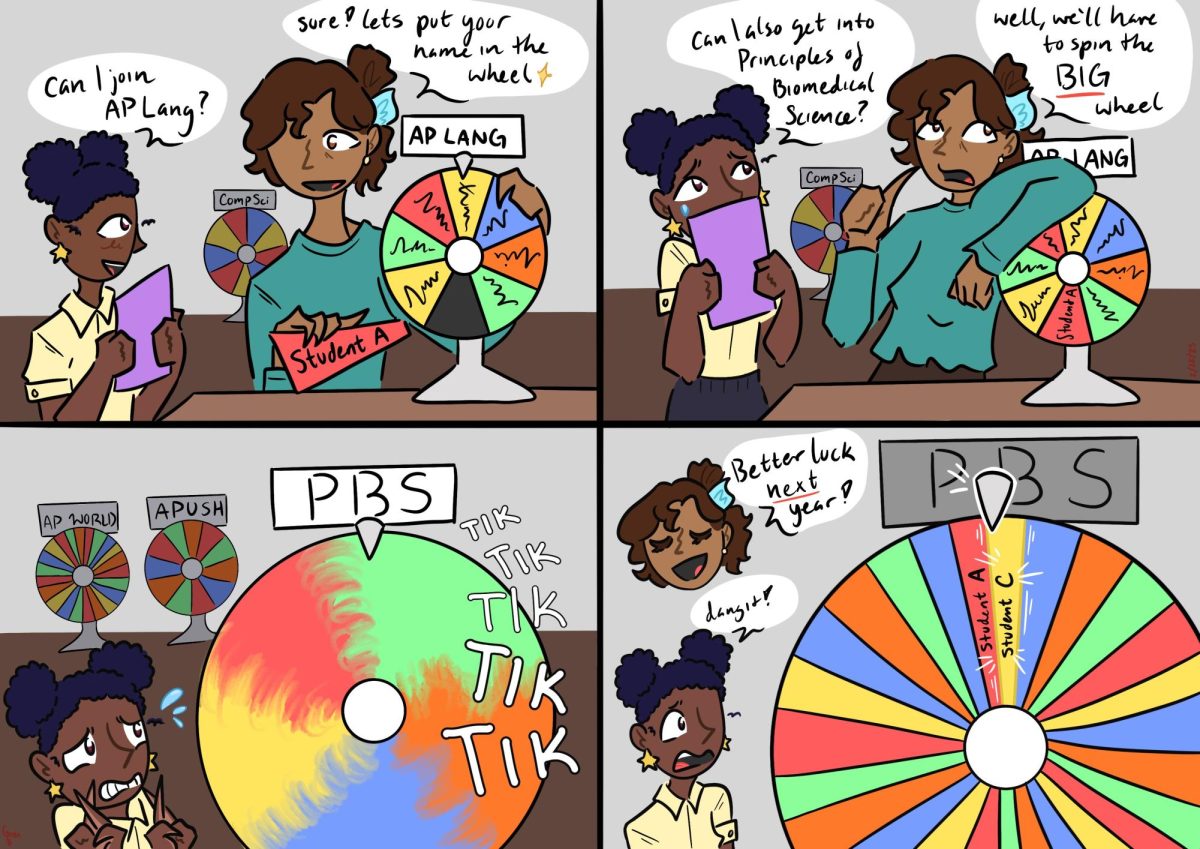The state of California has decided to jump on the common core standards bandwagon.
Beginning the 2014-15 school year, say goodbye to the old California education standards students are used to and hello to the same standards seen in 45 other states and the District of Columbia.
Even though most of the country has implemented these standards, students can hardly call them better than those that exist now.
The goal of the common core standards is to help students not only memorize the material but also master them and to sharpen their critical-thinking skills and prepare them for college.
That sounds good when you say it like that, but how do they plan on doing this?
The answer is complicated. The plan includes changing how students learn, altering how teachers teach, and spending money California doesn’t have to waste on new textbooks and standardized tests.
This process begins as early as kindergarten where, instead of reading picture books and learning how to count to 10, students will be taught to answer questions on more difficult reading and learn basic algebra and geometry.
From there, things only get worse. The focus of English will shift from that of creative literature and more to analyzing and understanding technical writing, which students are likely to come across in the real world.
The logic behind this is reasonable: more people will be more likely to read a computer manual than “Of Mice and Men” after graduating college.
But when it comes to math, the standards just seem ridiculous.
Even though basic geometry and algebra skills will be taught as early as kindergarten, students won’t formally take algebra until ninth grade, a step down from the current California standards that require students take algebra in eighth grade.
As students move further up the mathematical ladder to subjects like geometry and statistics, they will be expected to build arguments and criticize classmates’ reasoning.
That is completely crazy. Students should not have to criticize reasoning when the numbers should explain it all.
Students won’t be the only ones affected by these new standards. Teachers too will feel the wrath of the common core standards as well.
Because the common core will cover different material from the current California standards and expect different things from students, teachers will also have to learn a completely different way of teaching.
Teachers won’t be on their own, though, as new textbooks to correlate with the new standards will be adopted. But new math textbooks won’t be formally adopted until 2016 and 2018 for English.
Another important part of our education system that will be altered: standardized testing.
Gone will be the multiple-choice questions of STAR tests, where there is a chance for logical elimination
In their place will be computerized testing, relying heavily on essays and essay questions. Students will even have to explain their understanding of math through pictures, number lines, graphics, or words.
Getting rid of multiple choice questions also means getting rid of the way tests are corrected.
For these new standardized tests, instead of scanning for the correct answer, a computer will search the tests for key words, phrases, numbers and will even check grammar
The common core sounds like a nice idea looking at it from the outside: rigorous standards, mastery instead of memory, and more real life applications. But things are different from the inside looking out.
There will be harsher standardized testing, teachers will have to learn a completely new way of teaching, and just implementing the program will cost California hundreds of millions of dollars the state just doesn’t have to spend.
While it is nice to know that people are finally giving education some well-deserved thought, the common core standards are not the right way to go.


